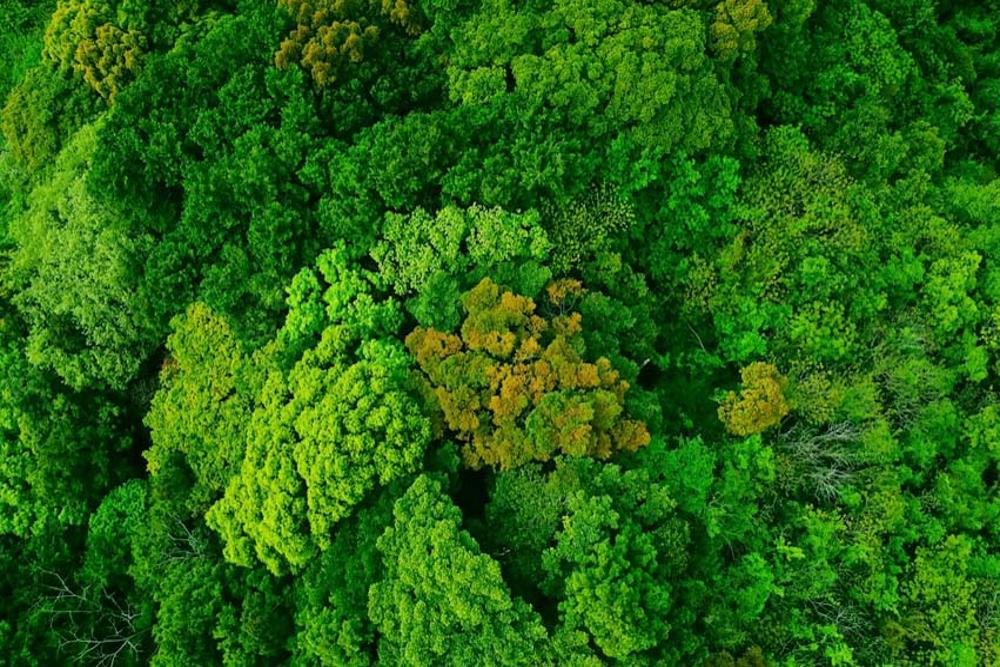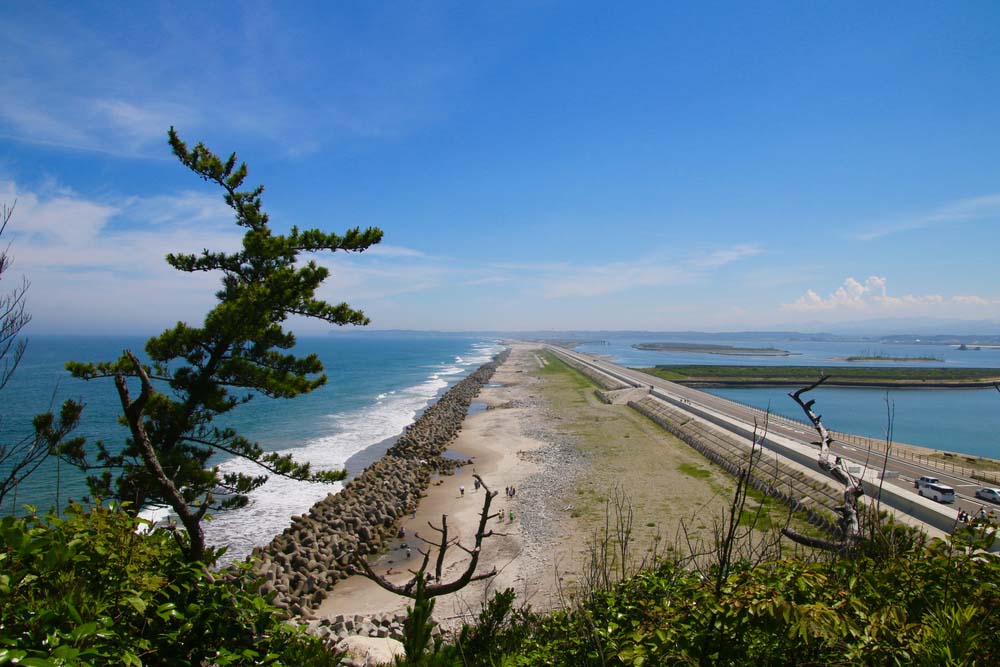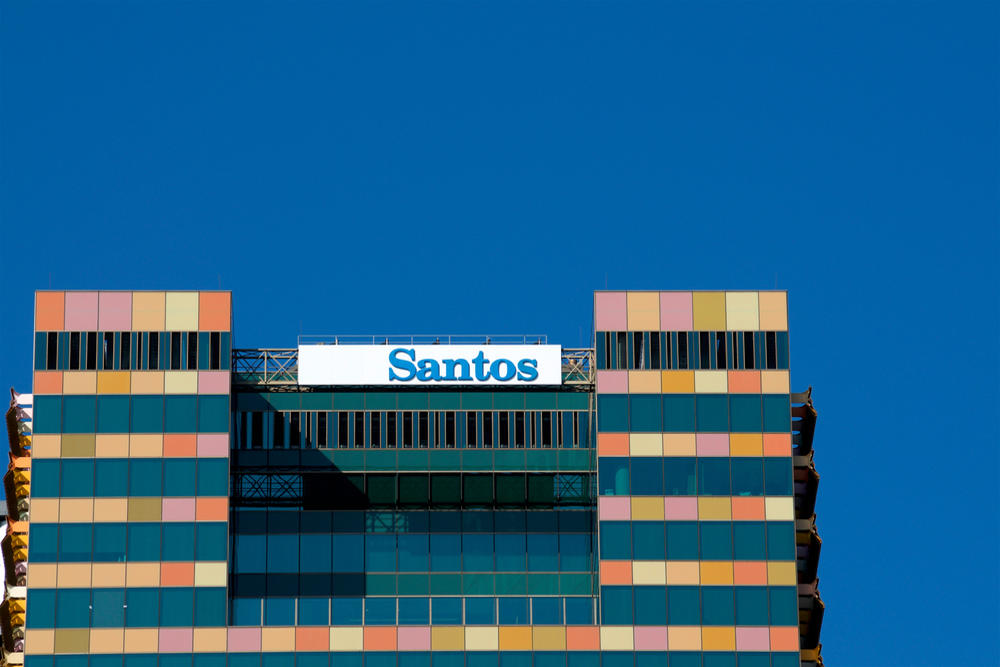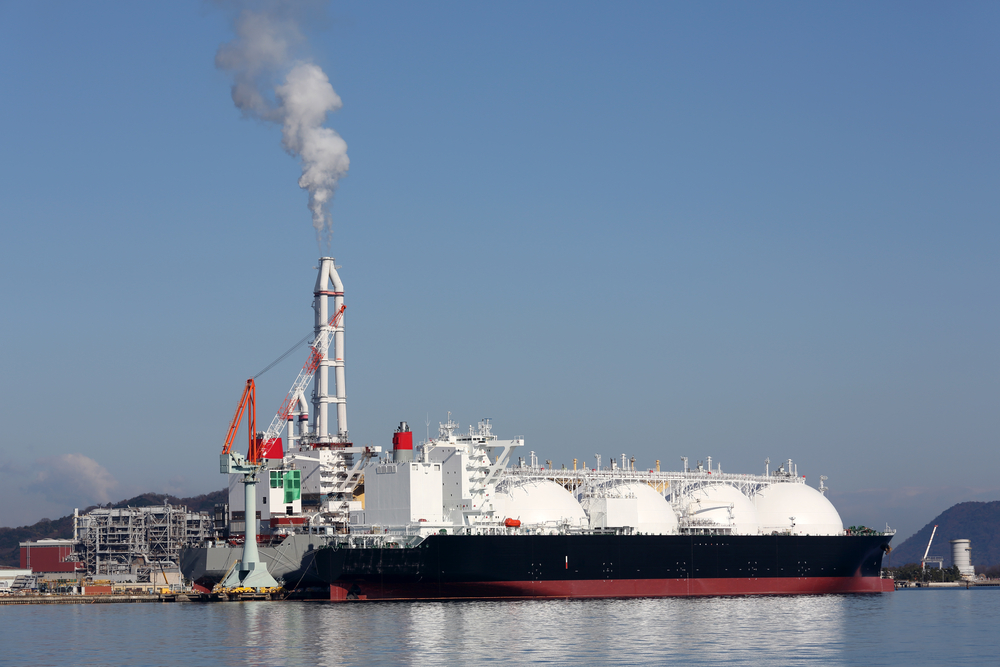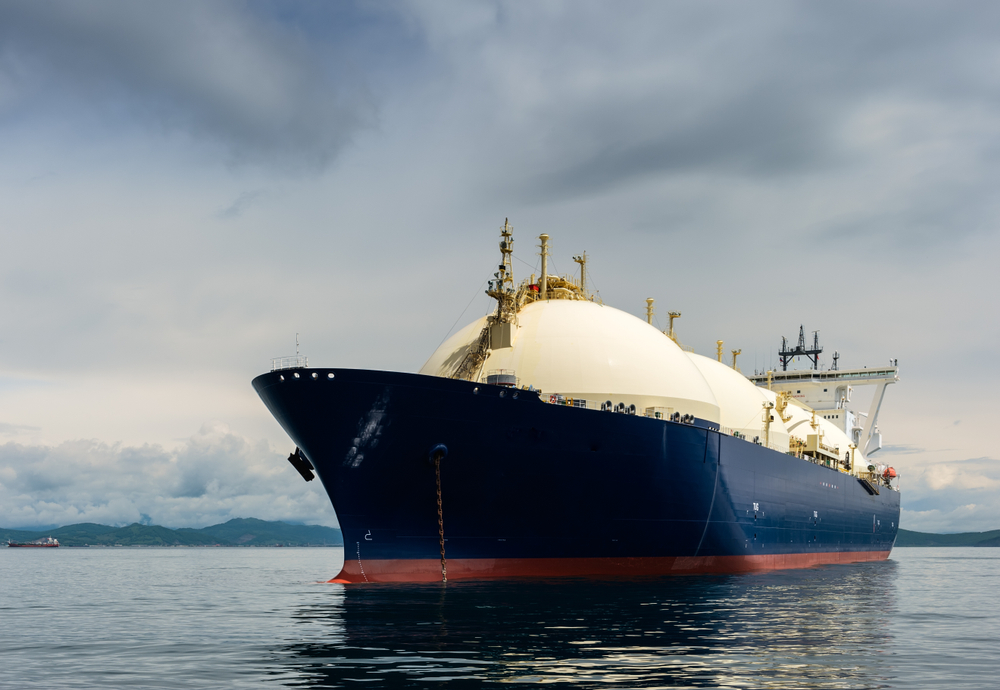
Japan plans to double its renewable energy target for 2030 and, at the same time, halve its use of gas, a move that could impact Australia’s gas export industry.
Japan’s Ministry of Economy, Trade and Industry (METI) has released a draft of its upcoming 6th Strategic Energy Plan which includes major changes to the country’s power generation mix targets to 2030.
Under the draft proposal, the share of fossil fuels in the mix will nearly halve, falling from 76 per cent in 2019 to 41 per cent, which will have significant ramifications for coal, LNG and oil demand.
Wood Mackenzie principal analyst Lucy Cullen said the announcement is the latest in a series of bold climate statements following the country’s net zero pledge in October 2020.
“The revised draft targets are in line with Japan’s ambitious 2030 emissions reduction target of 46 per cent from 2013 levels, which was upgraded in April 2021, and it follows a week after Japan’s G7 European peers announced their own transformational ‘Fit for 55’ package.”
Dr Madeline Taylor, Climate Councillor and energy expert said Japan is one of Australia’s biggest export markets for LNG and this development could undermine new projects and gas earmarked for export, including the Beetaloo basin in the NT and the Bowen and Galilee basins in Queensland.
“It’s not clear this spending is necessary, given the growing uncertainty around having buyers for this gas,” she said.
According to the draft plan, renewables will account for 36-38 per cent of power supply in 2030, double the 18 per cent level in March 2020. Nuclear’s share of the generation mix is also expected to increase, while hydrogen/ammonia is mentioned for the first time.
“Our current outlook for renewables is a 30 per cent share by 2030, so the proposed 36 per cent renewables share is a stretch. It can only be possible with additional government support,” Cullen said.
Meanwhile, the share of liquefied gas in Japan’s energy mix is set to drop by almost half from 37 per cent today to around 20 per cent in 2030. If met, this represents up to about 10 Mt decline in LNG demand, compared to the previous target.
“Japan’s revised energy plans come months after US President Joe Biden’s Leaders Summit on Climate, where Japan pledged to slash emissions 46 per cent from 2013 levels by 2030, up from its earlier goal of 26 per cent,” said Dr Taylor.
“Japan’s move shows global momentum for climate action is accelerating. This creates economic risks for Australian LNG exports, which represent up to 82 per cent of Australian gas production,” she said.
APPEA CEO Andrew McConville said Australia’s LNG industry has enjoyed a long and stable trading relationship with Japan and we expect that to continue.
“Australian LNG is an important part of a cleaner energy future and will still be needed in Japan to power their large manufacturing industry.”
“A recent International Energy Agency (IEA) report said the demand for natural gas in Asia will grow by 52 per cent to 2040, as demand continues to grow in major economies such as India and China.
He notes Australian LNG producers such as Woodside are also working with the Japanese on a future Hydrogen industry, while natural gas with CCS is a pathway to a large-scale clean hydrogen industry.
“Australia’s LNG export success means the Australian upstream oil and gas industry has the technology, expertise, commercial and trade relationships to further develop CCS and make hydrogen exports a reality.
Japan is speeding up hydrogen deployment under the new Strategic Energy Plan from a series of measures both on the supply and demand sides, and considers enhancing state-owned Japan Oil, Gas and Metals National Corp.’s capability to provide technological and financial support for hydrogen, ammonia and CCS projects.




